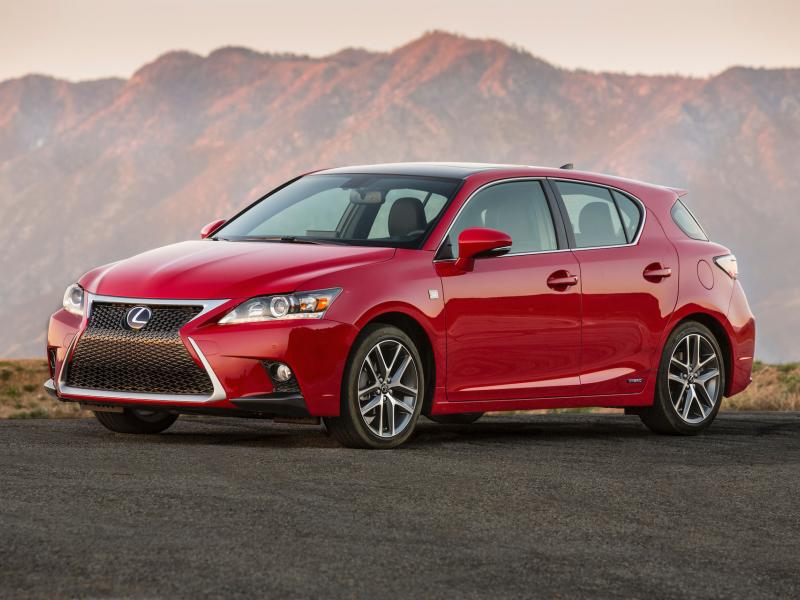What Michelin Taught Me About the Importance of Safe Tires
What tires are you driving on? What kind of condition are they in? These are the kind of questions that can determine whether your next trip will be a safe one or not. Last week, I was invited to Michelin’s Proving Grounds outside of Greenville, SC, to learn about the importance of tire safety.
During our time at the track, we performed various track exercises, all of which focused on demonstrating the important role tires play in remaining in control on the road. It was a blast!
Brake Test: Worn Michelin vs. New Goodyear & Bridgestone
During the brake test – you guessed it – we slammed on the brakes on a wet track challenging the stopping distance each tire allowed. While we conducted this exercise with new Goodyear tires on one Cadillac CTS and new Bridgestone tires on another, the third CTS sported half-worn Michelin Premier A/S (all-season) tires.
Long story short, the half-worn Michelin tire held true to its promise and stopped shorter than the competitors’ new tire. A key takeaway from this test is that brakes only stop your wheels, tires stop your car. To learn more about the incredible technology behind this new tire, click here.
Traction Test – Tires Deserve Credit Too!
The traction test showed us that no matter how fantastic the performance of your car is, you can’t appreciate it without the right tires. Up first was a soccer mom favorite, the Toyota Sienna with Michelin tires. The tires gripped the wet track well, allowing for quick and confident turns and stops without concern of hydroplaning.
Next, we hopped into the Ultimate Driving Machine – a BMW 328i. While this beauty costs a pretty penny, it rode on Mystery Tires – aka the cheapest tires available. This car swerved all over the track. In order to stay in control of the car, we had to drive extra slow, which ruined the experience of driving a performance vehicle. After this exercise, I learned that a car’s performance on the road shouldn’t be solely attributed to the car itself and that tires should get a bit more credit.
Two Tire Replacement Demo
If you are in the market for new tires, it is recommended that you replace all tires at the same time. For multiple reasons, many choose to replace only two tires at a time and follow the common misconception of always placing new tires in the front of the car. During the Two Tire Replacement demo, we learned first-hand just how wrong that is.
In the video above, you’ll see a Toyota Camry that has new tires in the front and worn tires in the rear. Since the driver could not easily feel the loss of traction by the worn rear tires, they lost control of the vehicle.
Placing new tires in the rear reduces the risk of traction loss and if your worn front tires begin to lose traction, you will feel it in the steering wheel. When the steering wheel signals you of the traction loss, you reactively slow down and make the adjustments necessary to remain in control of the vehicle.
What’s in it for You?
Now that I’ve shared all I’ve learned about the importance of tire safety, we have a special opportunity for you! Michelin is so confident in their newest tire that they have provided Best Cars Guide with a set of tires for one of our readers. That’s right, we’re giving away a set of Premier A/S tires! Stay tuned to the Best Cars Guide blog, Twitter and Facebook for giveaway details and rules!
Disclaimer: Michelin invited me as its guest to a track day outside of Greenville, SC. A set of Premier A/S tires was provided for giveaway courtesy of Michelin.





